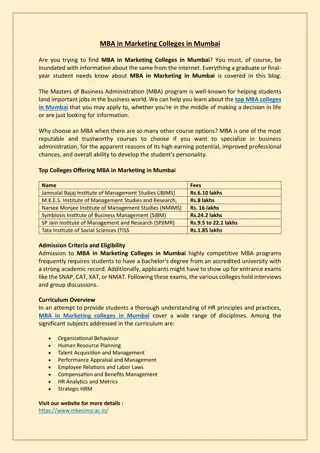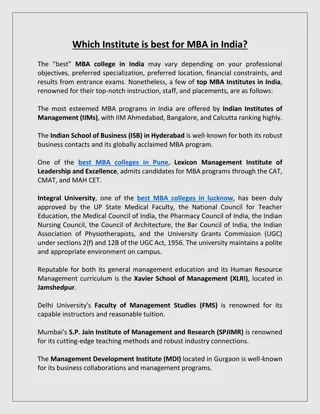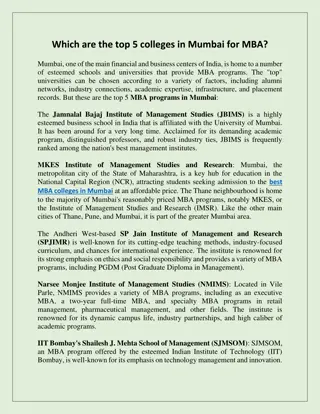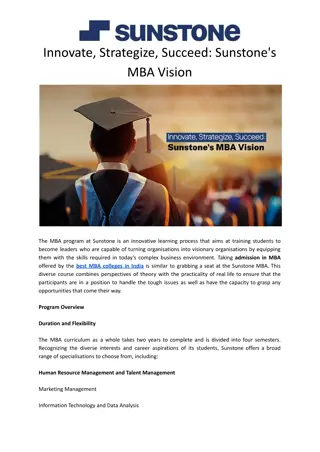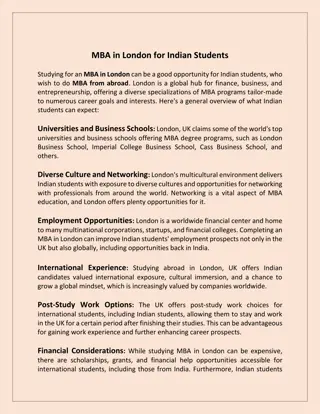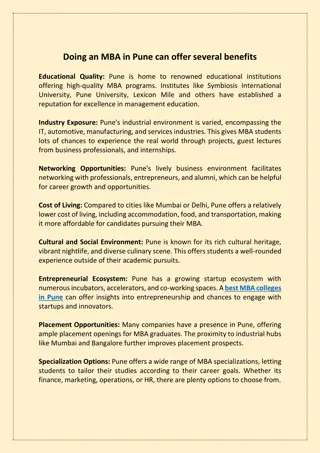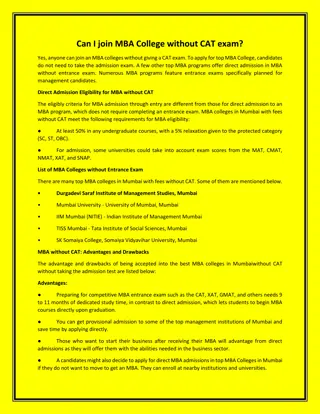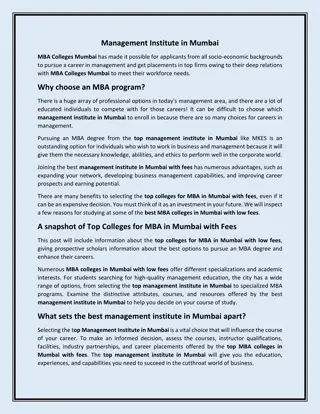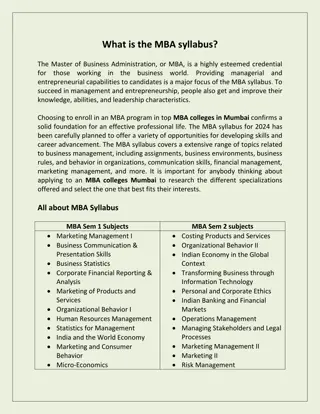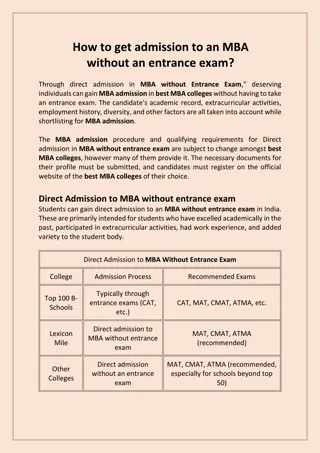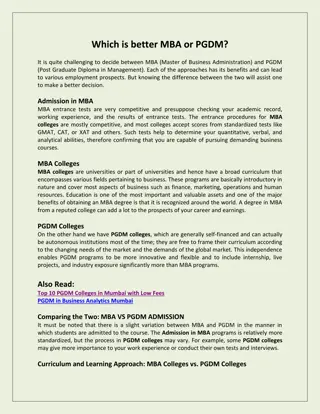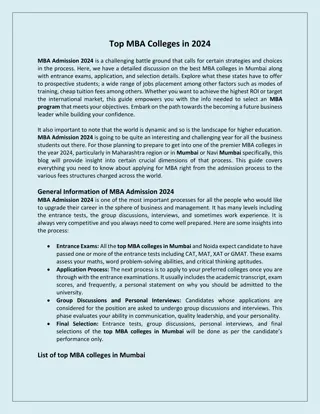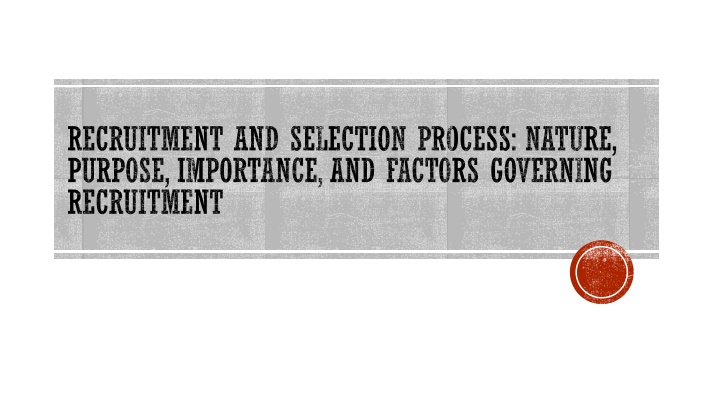
Recruitment and Selection Process for Organizational Success
Discover the nature, purpose, and importance of recruitment, along with key factors governing the process. Explore the recruitment process overview and learn about internal and external sources of recruitment.
Download Presentation

Please find below an Image/Link to download the presentation.
The content on the website is provided AS IS for your information and personal use only. It may not be sold, licensed, or shared on other websites without obtaining consent from the author. If you encounter any issues during the download, it is possible that the publisher has removed the file from their server.
You are allowed to download the files provided on this website for personal or commercial use, subject to the condition that they are used lawfully. All files are the property of their respective owners.
The content on the website is provided AS IS for your information and personal use only. It may not be sold, licensed, or shared on other websites without obtaining consent from the author.
E N D
Presentation Transcript
RECRUITMENT AND SELECTION PROCESS: NATURE, PURPOSE, IMPORTANCE, AND FACTORS GOVERNING RECRUITMENT
NATURE OF RECRUITMENT Definition: Recruitment is the process of attracting, screening, and selecting qualified candidates for a job position within an organization. Characteristics: Continuous and dynamic process Focuses on attracting a pool of qualified candidates Can be internal or external Types of Recruitment: Internal Recruitment: Promoting or transferring current employees External Recruitment: Hiring from outside the organization
PURPOSE OF RECRUITMENT Fulfilling Job Requirements: To meet the manpower needs of the organization. Ensuring Organizational Growth: Acquiring skilled and capable employees to drive business success. Building a Talent Pool: Developing a repository of candidates for current and future positions. Maintaining Efficiency: Ensuring that vacant positions are filled quickly to maintain operations and productivity.
IMPORTANCE OF RECRUITMENT Helps in Meeting Organizational Goals: Right talent supports achieving long-term objectives. Creates a Competitive Advantage: Attracting top talent leads to better performance and innovation. Cost Efficiency: Recruitment reduces turnover costs and improves retention by hiring the right candidates. Reduces Uncertainty: A well-executed recruitment process minimizes the risk of hiring mismatches.
FACTORS GOVERNING RECRUITMENT Internal Factors: Organizational policies and culture Job requirements and specifications Workforce availability External Factors: Labor market conditions Economic conditions Legal and regulatory requirements Technological advancements
RECRUITMENT PROCESS OVERVIEW Job Analysis: Conducting job analysis to understand the job s duties, responsibilities, and required skills. Creating a Job Description: Detailing the role s requirements and responsibilities to attract suitable candidates. Attracting Candidates: Announcing the job opening through various recruitment channels. Screening Applications: Reviewing resumes and applications to shortlist candidates. Conducting Interviews and Tests: Evaluating candidates through interviews, psychometric tests, or technical assessments. Final Selection: Offering the job to the best-fit candidate based on the interview and evaluation. Onboarding: Introducing the selected candidate to the company and its culture.
SOURCES OF RECRUITMENT Internal Sources: Employee Referrals: Employees recommending candidates. Promotions and Transfers: Filling roles from within the existing workforce. External Sources: Job Portals: LinkedIn, Indeed, and other online platforms. Recruitment Agencies: Specialized firms that help in sourcing candidates. Campus Recruitment: Hiring fresh graduates from educational institutions. Social Media: Platforms like LinkedIn, Twitter, and Facebook. Job Fairs and Networking Events: Industry-specific events to meet potential candidates.
ADVANTAGES AND DISADVANTAGES OF INTERNAL RECRUITMENT Advantages: Cost-effective (no external agency fees). Motivates employees with career advancement. Easier integration as candidates are familiar with the company culture. Disadvantages: Limited pool of candidates. Risk of internal conflicts or stagnation.
ADVANTAGES AND DISADVANTAGES OF EXTERNAL RECRUITMENT Advantages: Wider pool of diverse candidates. Access to fresh talent and ideas. Suitable for specialized roles that internal candidates can t fulfill. Disadvantages: Time-consuming and expensive. Candidates may need more time to adjust to company culture.
KEY TAKEAWAYS Effective Recruitment Process: Critical for organizational success, aligning talent with business goals. Right Sources for Right Talent: Choosing between internal or external sources based on the role's needs. Continuous Improvement: Recruitment should evolve to stay aligned with business growth and changing labor market trends.


